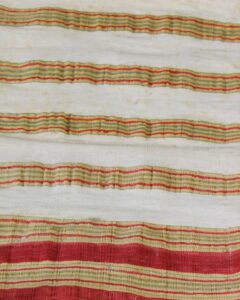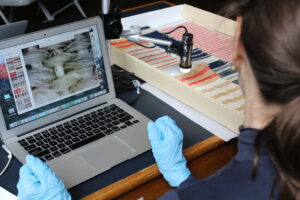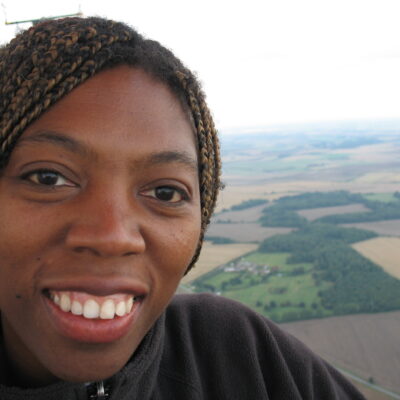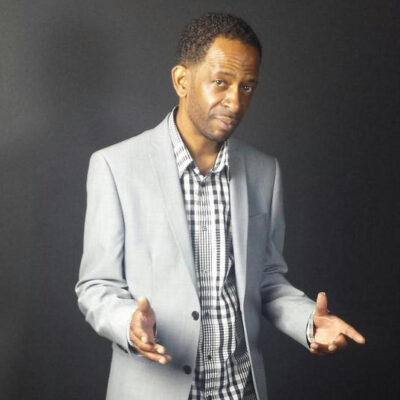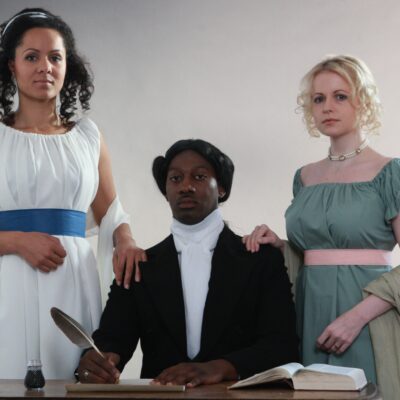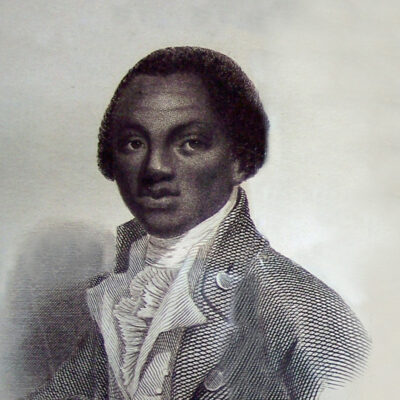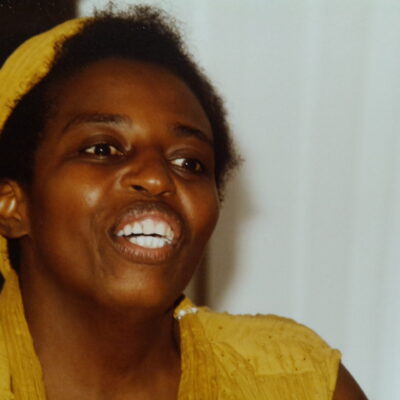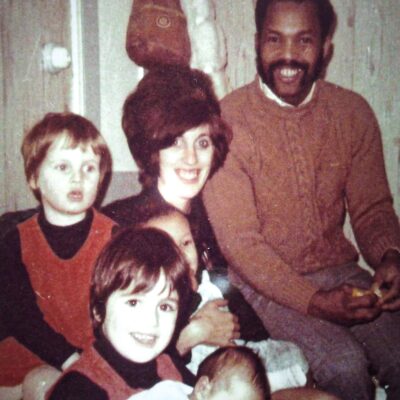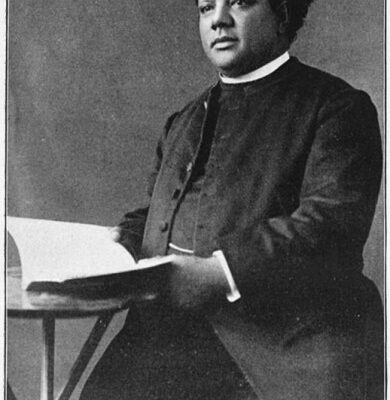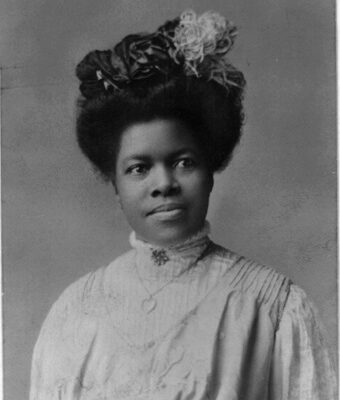Search by topic
- archaeology
- Building of Local Interest
- charity
- church
- crime
- dressmaker
- fire
- Great Eastern Railway
- Listed building
- Mapping Relief
- medieval
- oral history
- poverty
- Public House
- Rattee & Kett
- Religious House
- Roman
- scholar
- school
- Then and Now
- tudor
- women
- work
- world war one
- world war two
Search by text
 Large indigo textile. Wisbech & Fenland Museum, Sarah Cousins
Large indigo textile. Wisbech & Fenland Museum, Sarah Cousins18th Century West African textiles
Wisbech & Fenland Museum is home to a small collection of late 18th century West African textiles
collected from ships arriving in British ports by the campaigner, abolitionist and author, Thomas Clarkson (1760 – 1846).
By Sarah Coleman, Wisbech & Fenland Museum, and Dr Malika Kraamer.
The textiles are part of a larger collection of West African produce and artefacts from the same period held in a bespoke mahogany chest which Thomas Clarkson commissioned and which became known as ‘Clarkson’s box’ or ‘Clarkson’s campaign chest’. Clarkson has a local connection to Cambridgeshire, he grew up in Wisbech, attending Wisbech Grammar School before moving to London in 1775. He went on to study at St John’s College in Cambridge in 1779 where he won the Peckard Latin Essay Prize in 1784 titled ‘anne liceat invitos in servitutem dare?’ or ‘Is it lawful to make slaves of others against their will?’ This essay was translated and published to raise awareness of the transatlantic slave trade and in 1787 Clarkson became a founding member of the Society for Effecting the Abolition of the Slave Trade. Clarkson travelled to major ports and large cities gathering evidence and speaking publicly against the slave trade to mobilise public support for abolition.
The first textile samples Clarkson bought played an important role persuading William Wilberforce to take up the anti-slavery cause in Parliament. Shortly after, Clarkson put together his chest and also added more textiles and textiles samples, mainly from ships that traded between West Africa and Britain. The contents of the chest, including all the textiles, went on to have a role as part of the chest during the Privy Council Enquiry into the slave trade in 1788. They were shown along with petitions and other evidence and testimonies against the transatlantic slave trade also gathered by Thomas Clarkson. The chest was also shown to the Russian Emperor, Alexander I, in Paris in 1815 to persuade him to back the antislavery movement.
Wisbech & Fenland Museum is currently researching and opening-up the Clarkson collection and archive relating to slavery and abolition for wider engagement as part of ‘Articles for Change’, an Esmèe Farbairn Collections Fund project administered by the Museums Association.
Today there is still a significant textile industry in West Africa creating high quality hand-made durable fabric. These cloths are made in the same traditions as those of the 18th century; textile traditions that are characterised by innovation in designs and techniques. Contemporary designers such as NKWO create sustainable fashion using recycled materials including cloth made from narrow strips. Other fashion designers use locally-made textiles, like Nigerian Aso Oke, or Ghanaian Kente in their fashion lines, like Ethnik by Tunde Owolobi. Fashion house Duaba Serwaa works with Kente weavers, works internationally for many years and has been featured on CNN, Forbes, Vogue Italy and many other magazines. Kenneth Ize, who collaborates with Aso Oke weavers, featured recently in Vogue UK and USA, following his debut at Paris Fashion Week in February 2020
As today, locally-made fabrics were fashionable in late 18th century West Africa. Some of these textiles found their way to Britain, on merchant vessels arriving directly from the West African coast or on slave voyages ships.
Thomas Clarkson visited these merchant ships. Most of the content in the chest came from ships only trading in African produce, arriving from West Africa into the ports of London, Bristol and Liverpool. We can trace many of the articles purchased by Clarkson back to the merchants and ships in the UK as recorded by Clarkson, but most of the time he did not give any information on where the items were made in Africa.
We are currently working with scientist Dr Margerita Gleba and curator and African Textiles specialist Dr Malika Kraamer to unlock the histories of the textiles through scientific research. Through thread and dye analysis we can confidently build a picture of where and when the fabrics were made and un-pick their history to tell their story. This is ground-breaking research and for the first time we can begin to understand the processes and geographical location of the production. It will also open-up new research avenues and build a greater understanding of textile heritage.
Dr Kraamer has also been consulting with contemporary maker, Bob Dennis Ahiagble, of Authentic Traditional and Modern Ewe Kente (AMEK) in Ghana. He uses traditional techniques to create contemporary pieces and was recognised by UNESCO in 2003 for his work in sustaining the intangiable cultural heritage of Kente cloth.
We are also looking for clues in the work of fashion designers investing in traditional African techniques.
This research is funded by the Museums Association Esmèe Fairbairn Collections Fund, St John’s College, University of Cambridge and the Society of Antiquaries. Dr Kraamer’s research will be available late 2020 and an article, Thomas Clarkson’s West African Textiles: Global Textile Consumerism, Abolitionism and Kente Cloth in the Early Modern African World will be available in the new year.
For further information and updates on the progress of the textile research visit: www.wisbechmuseum.org.uk
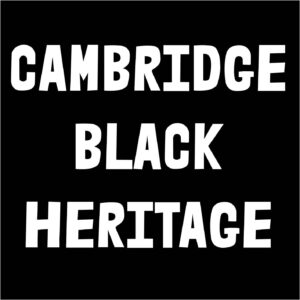
Join the conversation on our facebook page @camblackheritage
Contribute
Do you have any information about the people or places in this article? If so, then please let us know using the Contact page or by emailing capturingcambridge@
License
This work is licensed under CC BY-NC-SA 4.0





